Renowned for its taste buds which send it on sight, Murshidabad West Bengal is a city that combines history and food. Rich in heritage and taste, you get to see the historic structure of Murshidabad and taste the palace-cooked food along with the beauty of natural scenes. However, if you intend to visit the places to visit in Murshidabad, get acquainted with arts and culture, know its history, and taste some of the local cuisines. It is time to find wonderful travel destinations in Murshidabad for successful travelling.
9 Places To Visit In Murshidabad
Here is a list of 9 places to visit in Murshidabad which provide a glimpse of the history and culture.
1. Hazarduari Palace
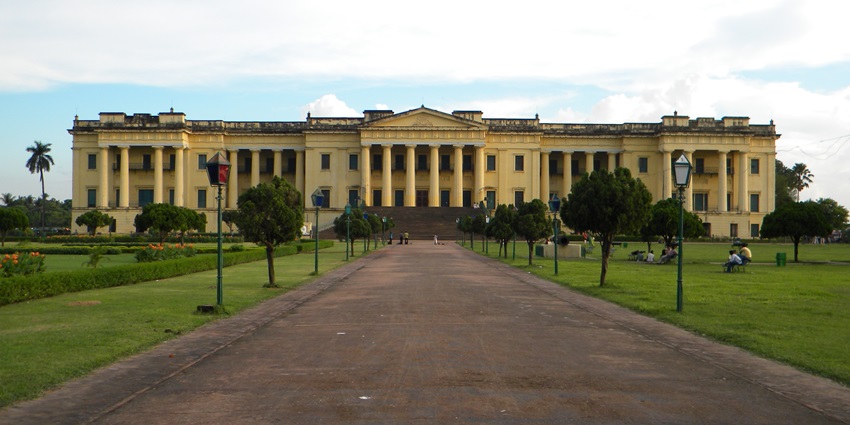
Photo: Banibrata Mandal / Wikimedia Commons
Hazarduari Palace or the ‘Palace of Thousand Doors’ is one of the most famous structures of Murshidabad. Designed by Nawab Nazim Humayun Jah in the nineteenth century it exemplifies Indo-European style with a whopping 1000 doors out of which 114 are operational. The place today is a museum, therefore, it has many paintings, weapons, and articles from the Nawabi period that help visitors gain insight into the royal aspects of Murshidabad. Situated on the bank of the Bhagirathi River, though not as popular as it should be this palace gives a calm but majestic feel.
Major Attractions: Museum, Royal Relics, Expansive Architecture
Best Time To Visit: October to March
Ideal Trip Duration: 2 hours
Location: Murshidabad
Suggested Read: Chapramari National Park
2. Katra Mosque
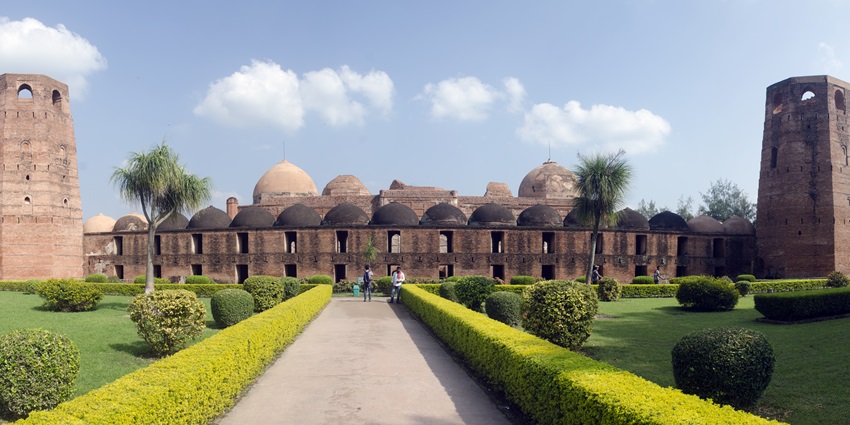
Photo: Rangan Datta Wiki / Wikimedia Commons
Katra Mosque built in 1723 by a person named Murshid Quli Khan is also known for its Mughal style of architecture. This old mosque is a work of art with beautiful arcs, towers and designs which show Islamic touches during the construction. Located underneath the hierarchical staircase, early residents of Murshidabad can see the grave of Nawab Murshid Quli Khan with a history intertwined with the mosque. Katra Mosque is an ideal place for meditation due to its spacious inner yard and rather quiet surroundings.
Major Attractions: Tomb of Nawab Murshid Quli Khan, Religious Significance
Best Time To Visit: November to February
Ideal Trip Duration: 1 hour
Location: Murshidabad
3. Nizamat Imambara
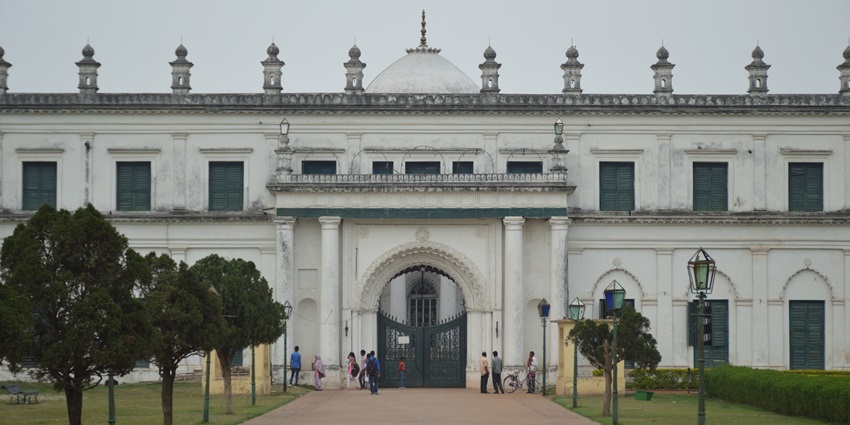
Photo: Biswarup Ganguly / Wikimedia Commons
Stretching over one kilometer, and constructed by Nawab Nazim Mansur Ali Khan, the Nizamat Imambara is located adjacent to the Hazarduari Palace. With boasts of a massive courtyard, superior cut works, and enshrinement in the hall of Islamic value and belief, this mammoth fortress typical of the Mughal architectural style is worthy of a visit. Traditionally, In Muharram, the Imambara comes to life with various spiritual activities and events with people from all over India coming in for the event.
Major Attractions: Religious Events, Mughal-style Architecture, Courtyard
Best Time To Visit: October to March
Ideal Trip Duration: 1 hour
Location: Near Hazarduari Palace, Murshidabad
Suggested Read: Wildlife Sanctuaries In West Bengal
4. Kathgola Garden
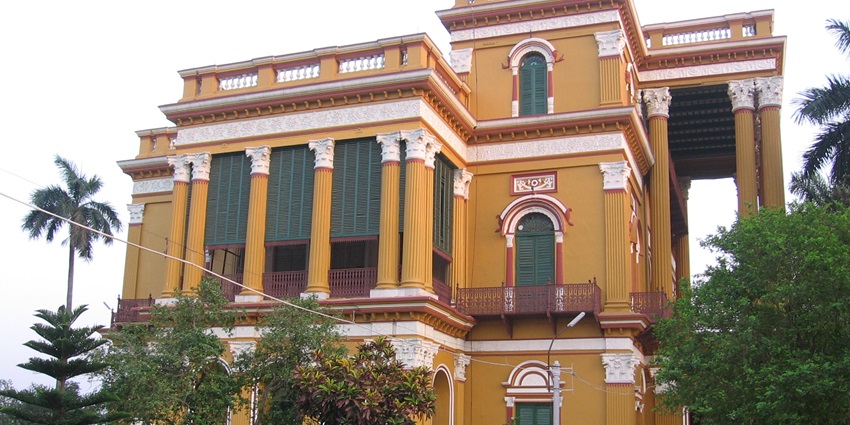
Photo: Czarhind / Wikimedia Commons
Being a group of ancient mansions of wealthy Jain merchants, the Kathgola Garden now is a fine place to have a rest from an overcrowded city. This is a fully cared-for garden with colorful flowers and trees all over enhancing the calm environment for visitors. Of great interest is the Kathgola Palace of Indo-European architectural designs where visitors can learn about its history and architectural designs. Worthy of note is the fact that the garden provides an environment that is best suited for walking, and socializing especially through taking picnics, and contemplating.
Major Attractions: Kathgola Palace, lush gardens
Best Time To Visit: October to March
Ideal Trip Duration: 2 – 3 hours
Location: Kathgola, Murshidabad
Timings: 9 AM – 5 PM
5. Nasipur Palace
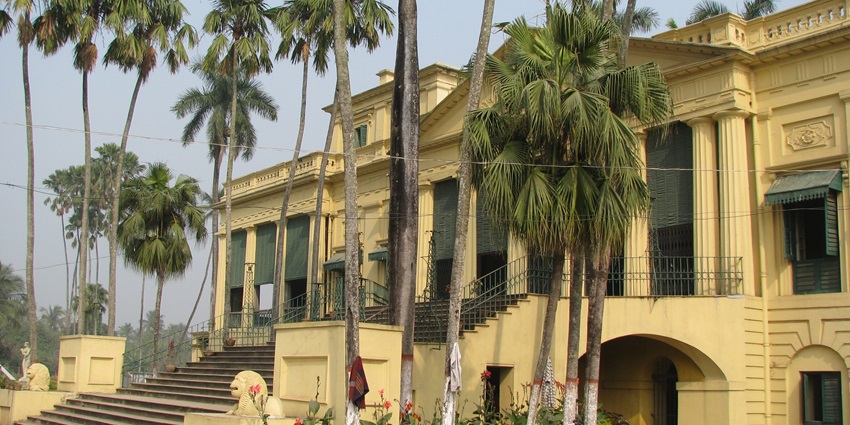
Photo: Surjasen / Wikimedia Commons
Out of all the architectural marvels, Nasipur Palace left behind by Raja Kirti Chandra Singha Bahadur is the best example of the royal Bengal of Murshidabad. The palace situated in this area has a beautiful Bengal-style architectural design and wooden carving that make the palace sacred. Guests can appreciate numerous mezzanines and stairs, the interior is decorated with antique furniture and other items on display that give history of the past opulence. The palace has beautifully laid gardens which give the palace more beauty and the perfect place to take a tour while at it.
Major Attractions: Royal artefacts, beautiful gardens
Best Time To Visit: October to March
Ideal Trip Duration: 1 – 2 hours
Location: Nasipur, Murshidabad
Timings: 10 AM – 5 PM
Suggested Read: Best Offbeat Places Near Alipurduar
6. Jahan Kosha Cannon
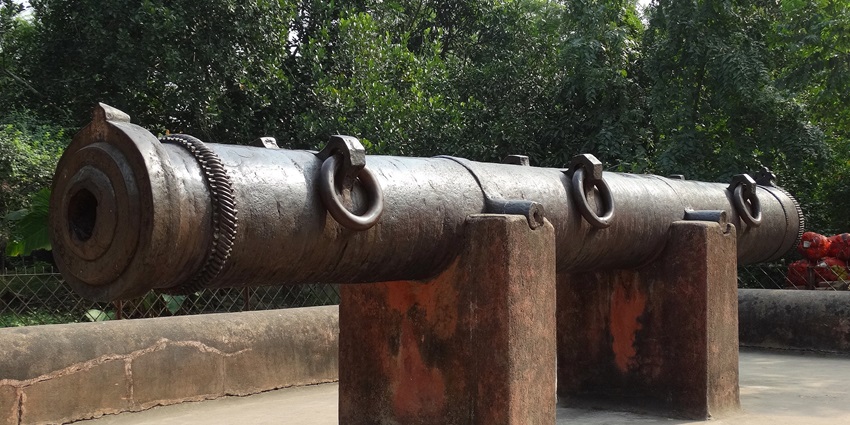
Photo: Gautam Tarafder / Wikimedia Commons
The Jahan Kosha Cannon, called the Destroyer of the World is a great piece of history of the Military of Murshidabad. This monstrous piece of artillery production was done in 1637 by Janardan Karmakar, a master blacksmith; it fills over 7,000 pounds and is more evidence of Mughal hegemony. Its massive structure plus the various carvings that ornament the building manifest the artistry of the time period under discussion. Sited near the Hazarduari Palace this cannon has tourist significance for those interested in the martial history.
Major Attractions: Historical significance, intricate craftsmanship
Best Time To Visit: October to March
Ideal Trip Duration: 30-45 minutes
Location: Near Hazarduari Palace, Murshidabad
Timings: 9 AM – 5 PM
7. Motijheel
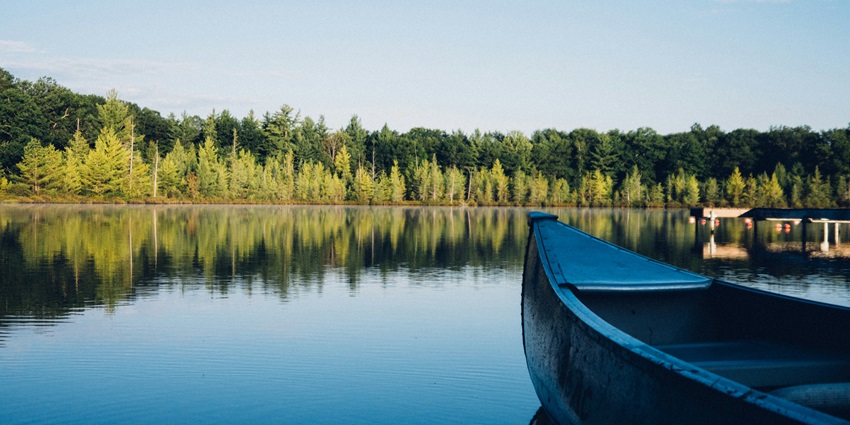
Photo: Aaron Burden / Unsplash / Image For Representation Only
Motijheel, or Pearl Lake is a beautiful and historical lake situated in the middle of Murshidabad. Formerly a popular place for the Nawabs to build summer homes, it presents scenic views surrounded by gardens and old buildings so it must be pretty quiet. The incessant water of the lake is the ideal place to go boat riding. Besides, the gardens give the best chance to take a stroll and have a picnic. It’s a place perfect for families and those who love nature.
Major Attractions: Boating, scenic gardens
Best Time To Visit: October to March
Ideal Trip Duration: 1 – 2 hours
Location: Motijheel, Murshidabad
Timings: 9 AM – 6 PM
Suggested Read: Offbeat Tourist Places Near Burdwan
8. House of Jagat Seth
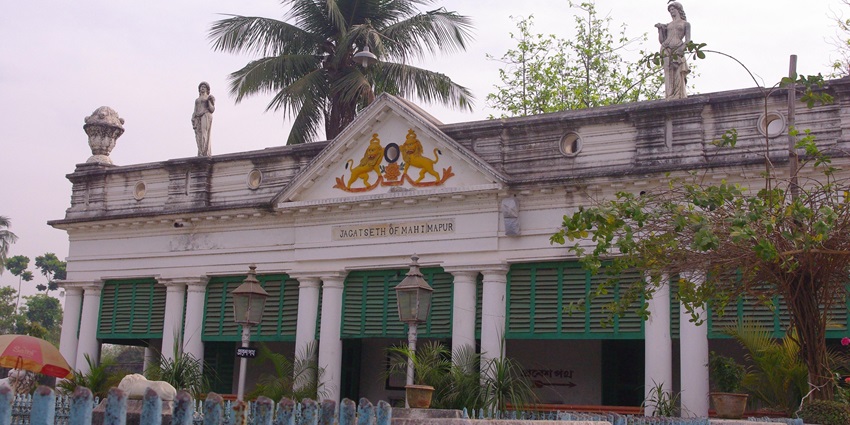
Photo: Amitabha Gupta / Wikimedia Commons
The House of Jagat Seth is a traditional house, right, which belongs to one of the most influential banking fraternities of then India. Now, it is a museum that exhibits the funds and powers of the Jagat Seth family who were very significant in the economy of Murshidabad. Inside the tour, clients encounter diverse items such as jewellery, furniture, and documents among others that tell stories of the family’s achievements. The house is an architectural marvel, and interesting details of its financial past make it a fine experience for those who are fascinated with the history of Murshidabad.
Major Attractions: Museum exhibits, historical artefacts
Best Time To Visit: October to March
Ideal Trip Duration: 1 – 2 hours
Location: Jagat Seth House, Murshidabad
Timings: 10 AM – 5 PM
9. Murshidabad Silk Weaving Centers
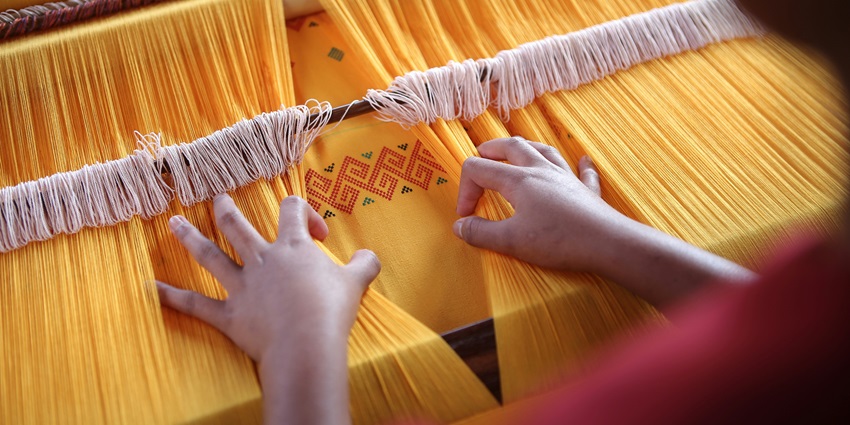
Photo: Aditya Wardhana / Unsplash / Image For Representation Only
Silk weaving is perhaps the most popular craft of Murshidabad and many centres are exhibiting this old tradition. Tourists have a great opportunity to see talented masters using complex ornaments and painting patterns on delicate silk. These centres not only give travellers lessons in traditional weaving processes but are also markets where one can buy the best silk products from the weavers themselves. In this way, the visitors help these local craftsmen to protect the centuries of art of making textiles in Murshidabad.
Major Attractions: Handwoven silk products, artisan demonstrations
Best Time To Visit: October to March
Ideal Trip Duration: 1 – 2 hours
Timings: 9 AM – 6 PM
Suggested Read: Hill Stations Near Kolkata
Murshidabad is a rich historical and cultural city and it has very delicious food that will attract different travellers. From royal edifices to gardens and colourful centres of silk production, Murshidabad has attractions that will suit every taste. Begin with the selection of the tour package which includes these famous places to visit in Murshidabad for gaining the best experience. Plan a trip with TripXL which promises the best experience.
Cover Photo: Subrata Ghose / Wikimedia Commons


 WhatsApp
WhatsApp
 Twitter
Twitter









